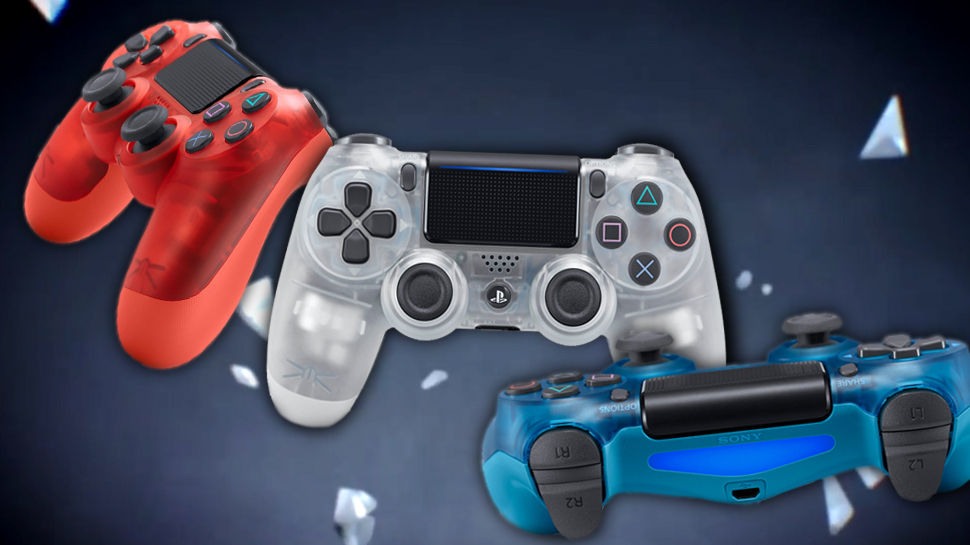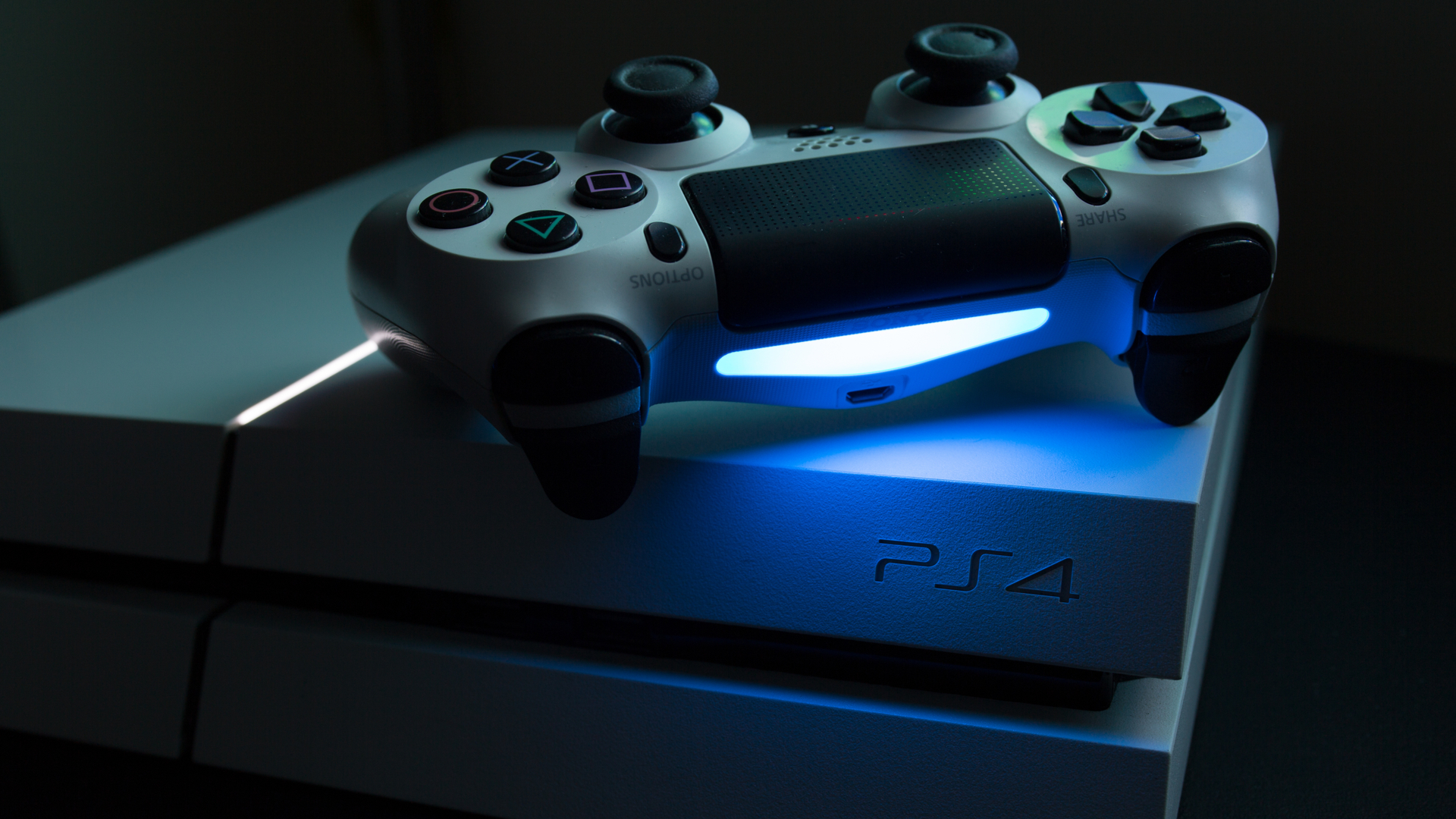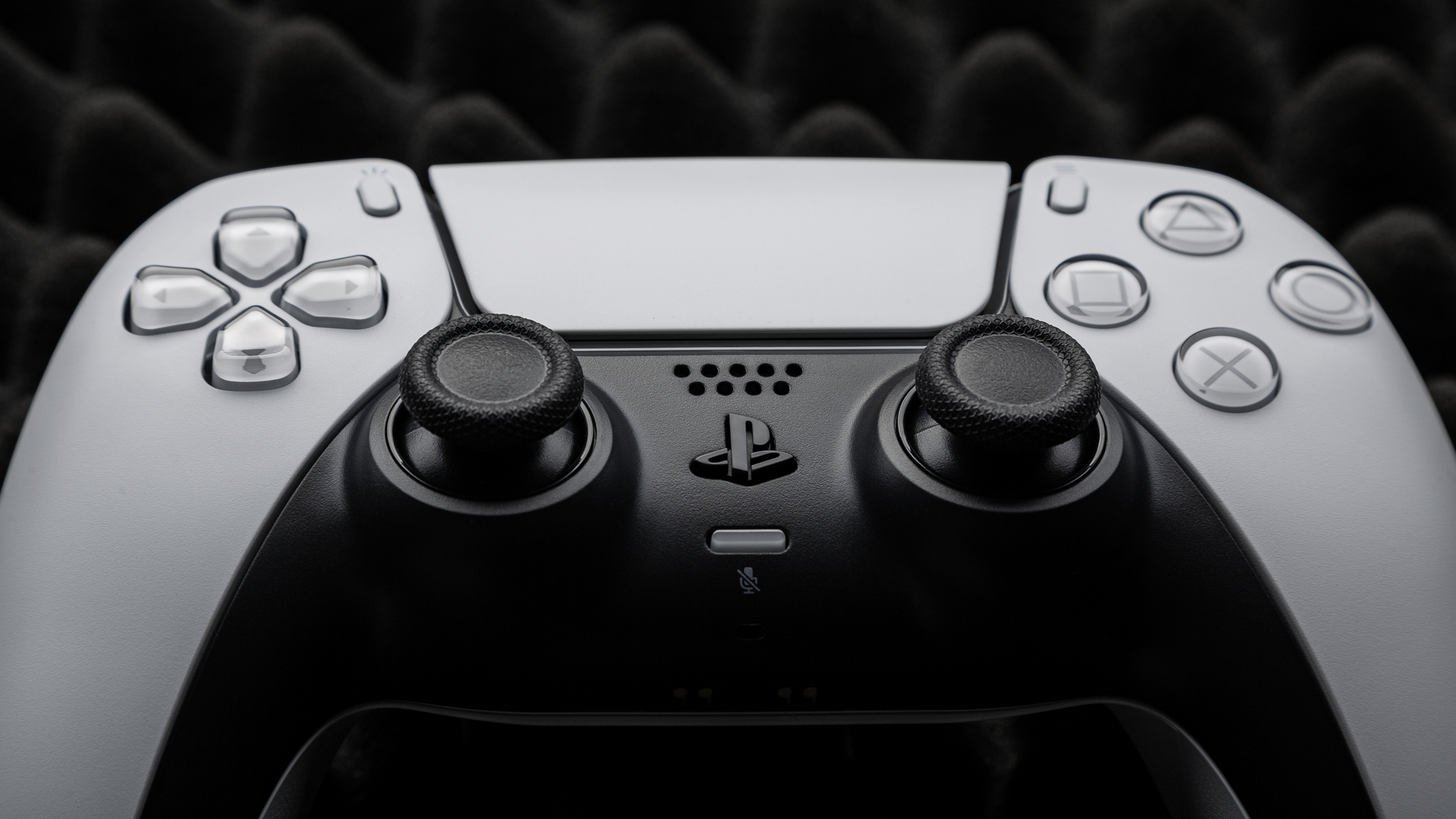
There’s not a shred of doubt in my mind that the PS4 was – and still is – an excellent console. Sure, it was a generation away from lightning-quick SSDs and true 4K gaming. But Sony’s fourth machine far outclasses the awkward adolescence of the PS3.
One thing about the PS4 I could never get on with, though, was its oddball controller. The DualShock 4 is full of features that most PS4 developers didn’t use, giving the impression Sony threw everything at the wall with its controller, without thinking about what would actually be used.
Between the strange central touchpad, needless lighting, and greatly diminished battery life, Sony went through some growing pains on its way to the superb DualSense controller on the PS5. But even now, the DualSense repeats some of those weird design trappings that made the DualShock 4 awkward.

It's not all bad
I don’t hate the DualShock 4. Far from it. I think the PS4 controller is a nice upgrade over the DualShock 3, which felt like a simple iteration of the DualShock 2.
For one, I think the DualShock 4 is more comfortable in the hands, with its rounder edges and triggers that don’t actively try to repel your fingers. I don’t know what Sony was thinking with those lumpy convex triggers on its PS3 controller. And I’m glad it’s something it fixed with the DualShock 4 and most of the best PS4 controllers.
And while the DualShock 4’s touch-based functionality was underused, it had merit. I played a lot of Final Fantasy 14 on PS4, and being able to use the touchpad as a virtual mouse to quickly dart about the UI was welcome.
And, while some games used the touchpad to great effect – such as Ghost of Tsushima where you could flick the touchpad to activate the wind as a form of navigation – they were the exception, not the norm. Must developers ignored the functionality.
Sign up for breaking news, reviews, opinion, top tech deals, and more.
A quirk too far?
The real crime of those additional functions wasn’t that developers didn’t use them, it’s the impact it had on the gamepad’s battery life.
The controller’s predecessor, the DualShock 3, could be used wirelessly from anywhere between 15 - 20 hours before needing a top-up. The DualShock 4 is a huge step down here, offering just 4 - 6 hours of charge. That’s embarrassingly low for a wireless controller, even one for its time.
It’s telling that you could instantly improve battery life by disabling the controller’s lighting and in-built speakers and it would reveal how often those features were redundant. And you were usually better off doing this, as precious few games made the most of the DualShock 4.

DualSensible
I’m admittedly torn over the DualShock 4: it’s definitely a flawed pad, but, without it, we wouldn’t have the phenomenal DualSense controller for the PS5. Much like how the Wii U walked so the Nintendo Switch could run, so too did the DualShock 4 for the DualSense.
One reason that developers didn’t use the DualShock 4’s abilities to its fullest was because if their game was going to be released on other platforms, it couldn’t make use of features that were unique to the Playstation’s controller. With the DualSense, Sony retained the pad’s divisive features, such as the touchpad, lighting, and gyro controls, but the feature it added isn’t something that developers need to tie to a mechanic, instead it’s something that’s an enhanced version of a feature found on every modern console: rumble.
The DualSense’s haptic feedback is an advanced form of vibration tech that is vastly more immersive. You can feel swords clashing against your shield in Demon’s Souls, and the clopping of your steed’s hooves in Ghost of Tsushima. And it all feels exceptional.
Then there’s adaptive trigger functionality, again, an enhanced version of tech that is on all consoles: triggers. This tech helps actions like firing weapons in Returnal or slamming the throttle in Gran Turismo 7 feel much more impactful.
For players, haptic feedback and adaptive triggers mean we can expect a better controller experience playing a multiplatform game on PS5 than the other consoles.
But naturally, all these extra bells and whistles mean that the DualSense’s battery life is still fairly low, and pretty inconsistent. I’ve had full charges deplete from anywhere between 4 - 10 hours.
But overall, I love the DualSense. It’s certainly better than the DualShock 4, and I’d argue it’s even the best controller of the current generation. It took some rocky experimentation in order to get there, but the DualShock 4 had an important role as a stepping stone to greatness.

Rhys is TRG's Hardware Editor, and has been part of the TechRadar team for over four years. Particularly passionate about high-quality third-party controllers and headsets, Rhys strives to provide easy-to-read, informative coverage on gaming hardware of all kinds. As for the games themselves, Rhys is especially keen on fighting and racing games, as well as soulslikes and RPGs.